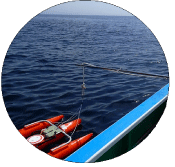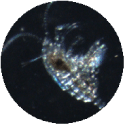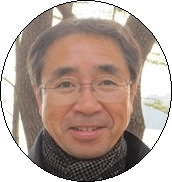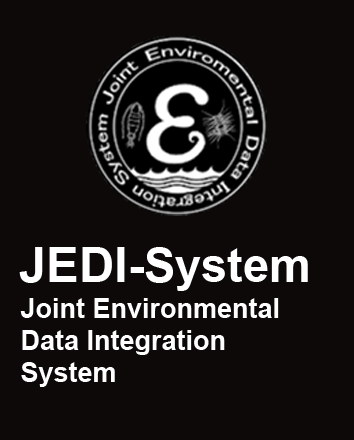About the JEDI-System
Aim

Our research team's goal is to evaluate multi-scale variations of ocean biodiversity under the influence of the western boundary current (i.e. the Kuroshio) and internal waves in coastal areas.
This research has far-reaching implications for conservation and management of fisheries.
Why

We have the following hypothesis to explore: the Kuroshio path pattern determines the relationship between biodiversity and environmental variablesat a scale of months/years and 10-100 km while internal waves affect biodiversity at a scale of one day.
What & How
To validate our hypothesis, we are creating a novel system to predict planktonic biodiversity. This system is composed of 5 subprograms.
- S1. Multi-scale biodiversity model
- S2. New planktonic ecosystem model
- S3. High resolution 3-dimensional hydrodynamic model
- S4. Biodiversity and environmental underwater monitoring system
- S5. Prediction of biodiversity from S3
See the research approach page for more information.
Where
Our research focuses on the ocean environment around Izu-Oshima Island, Japan. This island is greatly affected by the western boundary current (the Kuroshio) and by internal-wave-generated tides.
Details

Izu-Oshima is a volcanic island located in the northwestern part of the Pacific Ocean, and it is about 30 km away from mainland Japan. The location is at a latitude of 34° 40-48' N and a longitude of 139° 21-28' E.
The total area is 91.05km2, the east-west distance is 9 km, the north-south distance is 15 km and the circuit is 52 km.
There is one main mountain, called Mount Mihara, and the peak is at an altitude of 758 m.
The climate is hot and humid because of the Kuroshio Current coming up from the south.
The population is 8,317 (Nov. 2013), and the whole island is registered as a national park.
Who

The JEDI-System team is an international research team led by Hidekatsu Yamazaki, a professor at Tokyo University of Marine Science and Technology, Japan.
Prof. Hidekatsu Yamazaki's research focuses mainly on ocean physical microstructure (turbulence) and planktonic ecosystems.
You can learn more about his work at the Laboratory of Ocean Ecosystem Dynamics website.
For information about the JEDI-System members, please see the member page.
Publications & Presentations
2014
- Observations and models of highly intermittent phytoplankton distributions
- Mandal, S., C. Locke, M. Tanaka, H. Yamazaki
- PLoS ONE, 9(5), e94797
- http://dx.doi.org/10.1371/journal.pone.0094797
- A new tow-yo instrument to observe high-resolution coastal phenomena
- Masunaga, E., H. Yamazaki
- Journal of Marine System, 129, 425-436
- http://dx.doi.org/10.1016/j.jmarsys.2013.09.005
- Wastewater effluent dispersal in Southern California Bays
- Uchiyama, Y., E. Idica, J.C. McWilliams, K.D. Stolzenbach
- Continental Shelf Research, No. 76, pp. 36-52
- http://dx.doi.org/10.1016/j.csr.2014.01.002
- A Lagrangian model for phototaxis-induced thin layer formation
- Yamazaki, H., C. Locke, L. Umlauf, H. Burchard, T. Ishimaru, D. Kamykowski
- Deep-Sea Research II, 101, 193-206
- http://dx.doi.org/10.1016/j.dsr2.2012.12.010
2013
- Hypolimnetic turbulence generation associated with superposition of large-scale internal waves in a strongly stratified lake: Lake Biwa, Japan
- Auger, G., H. Yamazaki, T. Nagai, C. Jiao, M. Kumagai
- Limnology, 14, 229-238
- http://dx.doi.org/10.1007/s10201-013-0401-4
- Mixing observations at a constricted channel of a semi-closed estuary: Tokyo Bay
- Kokubu, Y., H. Yamazaki, T. Nagai, E. Gross
- Continental Shelf Research, 69, 1-16
- http://dx.doi.org/10.1016/j.csr.2013.09.004
Acknowledgements

This project is funded by JST, CREST. Field observations are permitted by Tokyo Fisheries Cooperatives.

